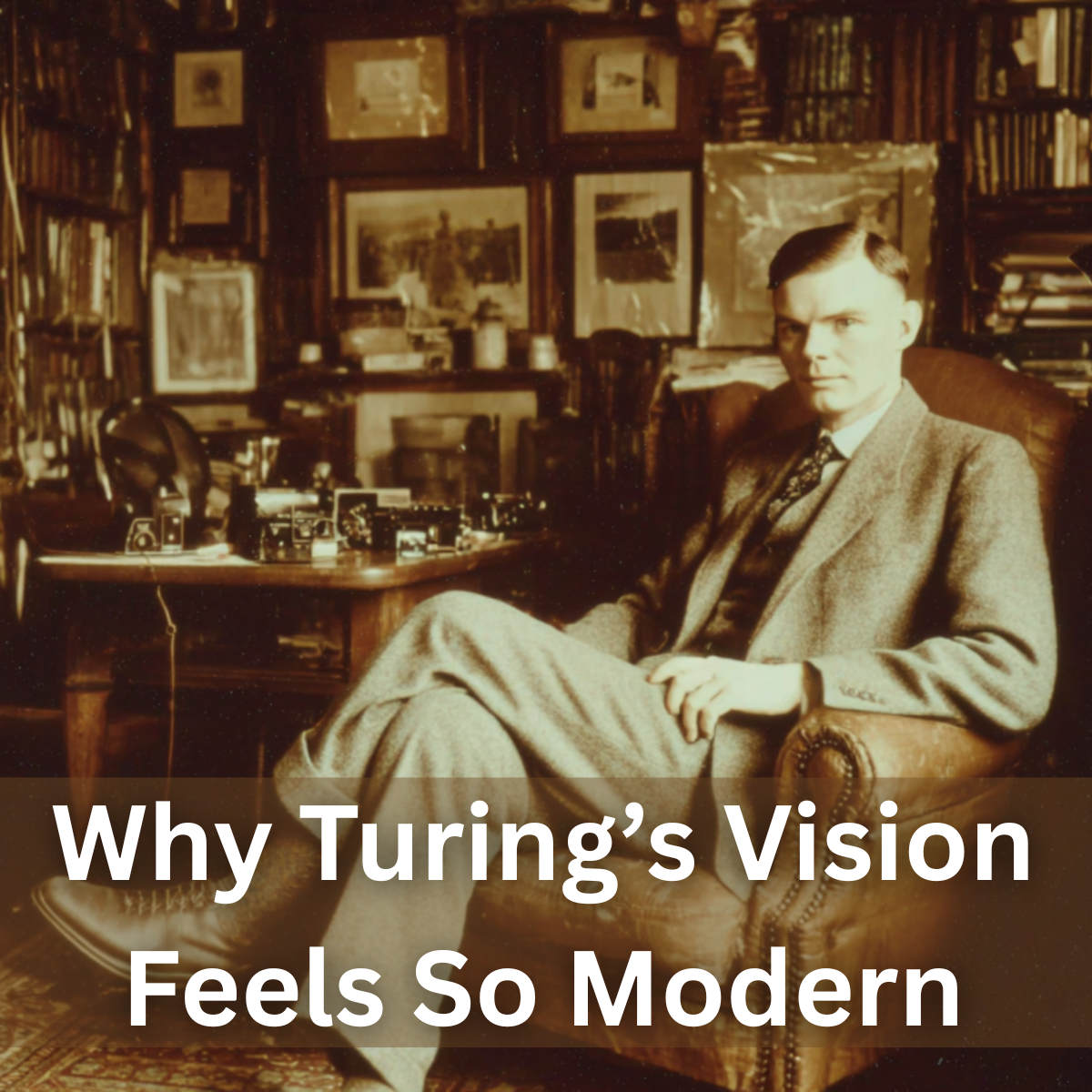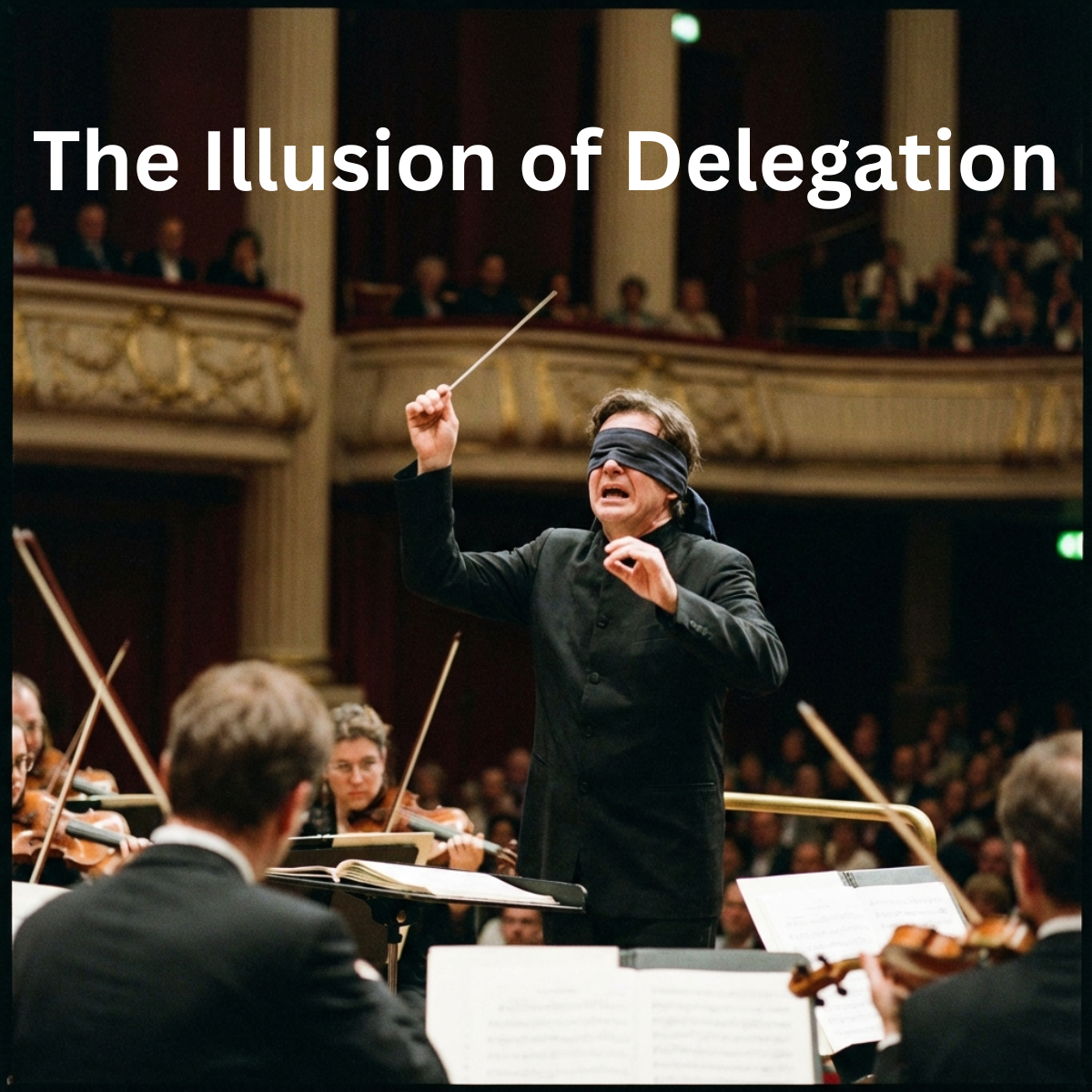Last year, I decided it was time to organize my life. My office was cluttered, my filing system was chaotic, and my tools for managing tasks were scattered across a mix of notebooks, apps, and sheer mental willpower. I had read enough about productivity to know that the first step toward efficiency is creating an environment that supports it. So, I bought a beautiful new piece of office furniture—something sleek, modern, and filled with drawers and compartments. It was perfect. I felt a surge of motivation just looking at it.
But then, as I set it up, I noticed my filing system didn’t match the elegance of the new furniture. So I upgraded that too. Then I realized I needed a high-speed scanner to digitize all the paper I’d been meaning to organize. And a shredder, of course, to securely discard the documents I didn’t need anymore. From there, it spiraled: new task management software, a better email tool, a document repository system. Each item felt like the next logical step toward ultimate efficiency.
Yet, weeks later, my office didn’t look like the haven of productivity I envisioned. The shredder became a glorified trashcan, the scanner gathered dust, and my fancy software billed me monthly while remaining largely unused. The beautiful furniture? It morphed into an elegant set of junk drawers. I had everything I thought I needed, but I wasn’t using any of it. That’s when I stumbled across the concept of the Diderot Effect.
The Story Behind the Diderot Effect
The term “Diderot Effect” comes from the 18th century famous French philosopher Denis Diderot, who penned an essay titled Regrets on Parting with My Old Dressing Gown. In it, Diderot recounts how receiving a luxurious new dressing gown as a gift disrupted his life. The gown, far superior to his old one, suddenly made the rest of his belongings seem shabby in comparison. His worn-out furniture clashed with the elegance of the new outfit. So, he began upgrading: new furniture, new decor, new art. The process snowballed until he had replaced much of his surroundings—and fallen into financial trouble. The spiral of consumption ended up being his downfall.
Diderot’s insight was profound: the acquisition of one new item can create a sense of disharmony with what we already own. To resolve this perceived imbalance, we buy more, chasing an elusive sense of alignment that rarely brings lasting satisfaction.
Recognizing the Diderot Effect in Everyday Life
The introduction of a new possession can seem like a small, innocuous event, but as Diderot explored in his fictional story about the new robe, it can set off a chain reaction that impacts our entire life. Diderot, known for compiling one of the most comprehensive encyclopedias of the time, used the simplest description of the Diderot Effect: the tendency for a single acquisition to create a cascade of further consumption.
This pattern of unnecessary consumerism is not limited to robes and furniture. It’s visible in modern life: the purchase of a new backpack sparks a need for a new lunch bag, or a great sale on a new pair of shoes leads to the unplanned purchases of matching clothes. Current research on human behavior suggests that this fascinating study of natural inclination reveals our own internal motivations to align possessions with our identity. But the full cost of future purchases—both financial and emotional—often outweighs the legitimate need that started it all in the first place.
The domino habit of further consumption often stems from a failure to address the actual need of an item. For instance, a better kitchen table might improve your dining experience, but the raw material of its effect—social interactions, family meals, or even its functional use—doesn’t necessarily require a more expensive purchase. The same can be said for buying a new car when the mental health benefits you seek may come from simpler lifestyle changes, such as improving circadian rhythms or focusing on fulfilling relationships.
By understanding this interesting phenomenon, we can counteract the detrimental effect of unnecessary new purchases. Recent research shows that resisting the introduction of a new item until it addresses a legitimate need can help reduce excessive materialism and create a healthy understanding of what truly enhances our lives. In small ways, we can move toward an abundance of life by focusing less on reactive purchases and more on meaningful behavioral change.
In the end, Diderot’s story reminds us that the introduction of a new possession is rarely just about that one item. Whether it’s a new TV, a pair of shoes, or even a new consumption habit, each decision plays a key role in shaping our previous selves and defining who we aim to be. By cultivating a lifestyle of intentionality and mindfulness, we can break free from the cycle of excessive materialism and rediscover the joy of living with purpose.
Why We Fall Into the Diderot Trap
The Diderot Effect isn’t just about possessions—it’s about identity. When we acquire something new, we unconsciously let it shape how we see ourselves. My sleek office furniture made me want to see myself as someone efficient, organized, and on top of my game. But instead of focusing on becoming that person through action, I tried to buy my way there.
Here’s why this happens:
- Identity Creation – Our possessions are an extension of who we are—or who we aspire to be. A single new item can create a shift in how we perceive ourselves, and we try to fill the gap with more acquisitions.
- Desire for Consistency – When one item feels out of place, we instinctively seek to restore harmony by upgrading the rest. It’s why a new couch often leads to new curtains, rugs, and wall art.
- Social and Psychological Pressures – Marketers capitalize on our need for coherence by selling not just products but lifestyles. A simple purchase quickly escalates into an unintentional commitment to a particular identity.
Modern Examples of the Diderot Effect
The Diderot Effect manifests in all kinds of ways in our lives, and it often starts with the best of intentions. Here are three expanded examples that highlight just how easy it is to fall into the trap.
1. The Running Shoes Fantasy
You decide it’s time to get healthy, and you know running is one of the best ways to do it. You start with a pair of running shoes—comfortable, stylish, and built for performance. But then you think, If I’m going to run, I’ll need the right gear. A running watch to track your pace and heart rate. Headlamps for early morning jogs. Breathable running clothes for every weather condition. Insulated water bottles. And, of course, software to track your progress and performance.
With all this gear in hand, you take the next logical step: booking running events. A 5K here, a half marathon there—signing up now will motivate you later, right? The purchases give you a thrill, and you start to feel like a runner already. It’s as if buying these things solves your health problems on the spot. You picture yourself leaner, stronger, healthier.
But then three weeks pass. The running shoes sit by the door, untouched. The watch collects dust. The water bottles are still sealed in their packaging. Reality sets in: You have to actually go out the front door and run. Buying the gear was easy. Changing your habits? That’s the hard part.
2. Fixing Up Your Home
Life feels chaotic, and you’re looking for some semblance of control. You decide to start with your home environment—after all, a clean, organized space will lead to a calmer mind, right? You buy a new lamp for the cozy corner where you like to read. The soft glow transforms the space, and you feel a spark of hope. If I make my environment better, my life will be better too.
But the lamp doesn’t feel complete on its own. You realize the couch doesn’t match, so you replace it. Then you notice the walls could use a fresh coat of paint. And wouldn’t the floor look better with new tile? One purchase leads to another until your home looks like a spread from an interior design magazine.
For a while, everything feels perfect. But a few months later, the clutter returns. Mail piles up on the new coffee table. The reading corner is once again buried under old books and random trinkets. The problem wasn’t the lamp or the couch—it was your lack of discipline in maintaining the space. Until you address the root of the issue, no amount of redecorating will change the way you live.
3. The Ultimate Home Office Setup
You want to be more productive at work, so you invest in a better office setup. It starts with a shiny new monitor. Then two more, because multitasking is key, right? To keep everything streamlined, you buy a monitor stand. But now your desk feels cramped, so you upgrade to a spacious, height-adjustable desk that lets you sit or stand at will.
Next comes new lighting—soft and adjustable for those long workdays. Then cable management tools to keep things tidy. A sleek docking station for your phone, tablet, and travel laptop rounds it all out. By the end of your spree, your home office could rival a Silicon Valley startup.
Then Monday rolls around, and you sit at your pristine desk, ready to tackle the day. But the work itself feels just as overwhelming as before. The setup didn’t fix your procrastination or give you clarity—it just made procrastination look more professional. The truth is, no amount of gear can replace focus and effort. At some point, you just have to do the work.
These examples highlight a critical truth: the Diderot Effect isn’t about the stuff itself. It’s about the belief that acquiring things will change who we are or solve deeper problems. Until we address the underlying habits, all the gear in the world won’t make a difference. Instead of buying your way to a better life, start by taking small, consistent actions with what you already have. The transformation begins with you, not your possessions.
The Best Way Forward: Start Before You Buy
Understanding the Diderot Effect doesn’t mean we should avoid buying new things altogether. Instead, it challenges us to shift our focus: start doing something before you buy everything. Here’s why this matters:
- Action Shapes Identity – True transformation doesn’t come from what we own—it comes from what we do. You don’t need a full suite of tools to start being organized. You need to take the first step, however imperfect it may be.
- Habits Over Things – Building life-changing habits is about consistency, not equipment. If I had spent my time sorting through papers with my old filing system instead of upgrading it, I would’ve been closer to my goal—no shiny furniture required.
- Gradual Growth – When we add tools incrementally, we’re more likely to use them effectively. A single, purposeful purchase is far more valuable than a pile of unused gadgets.
How to Resist the Pull of the Diderot Effect
Here are some practical strategies to stay grounded:
- Start Small: Use what you already have to begin a habit. Let your actions reveal what tools you truly need.
- Pause Before Buying: Ask yourself, “Will this item make a meaningful difference in what I’m trying to achieve?”
- Embrace Imperfection: Let your environment and tools be mismatched for a while. Progress matters more than aesthetics. Resist the natural tendency to want to make everything perfect before you start.
- Set Boundaries: Create a rule: one new item at a time, and only when the previous one has proven its value.
The Commitment to Less
The Diderot Effect reminds us of the power of small decisions. A single purchase can ripple outward, creating unintended consequences. But the reverse is also true: a single, consistent action can ripple outward, creating meaningful change.
If I could go back to that first piece of office furniture, I’d tell myself this: start with what you have. Build the habit first. Let the tools come later, as they’re needed. The path to transformation doesn’t begin in a shopping cart—it begins with a single step.




